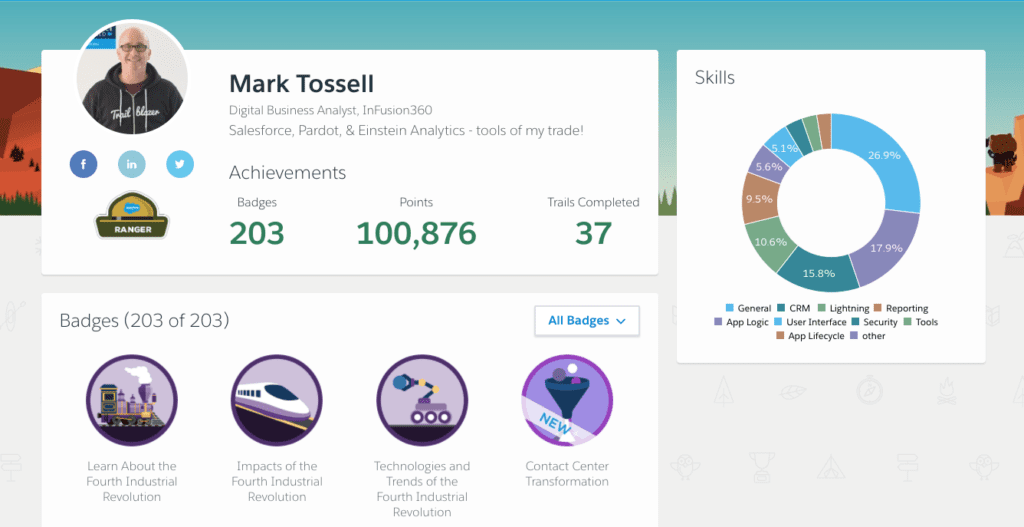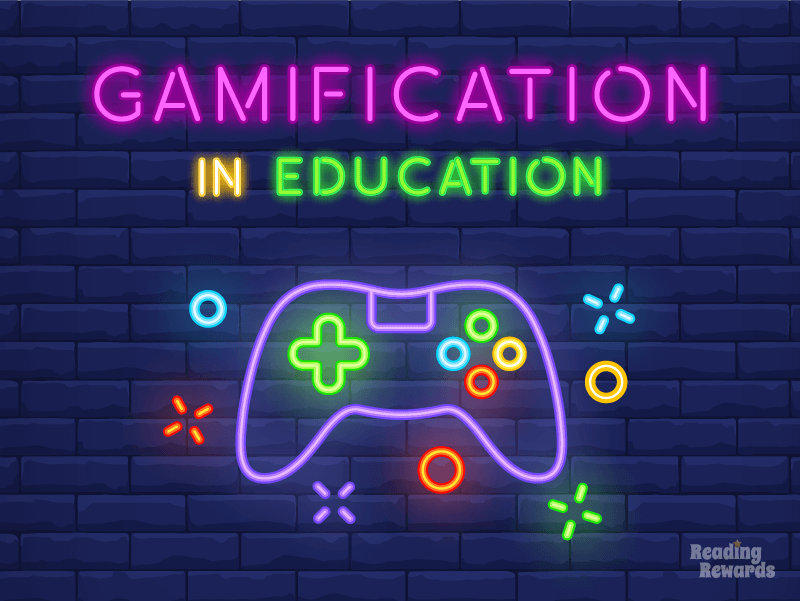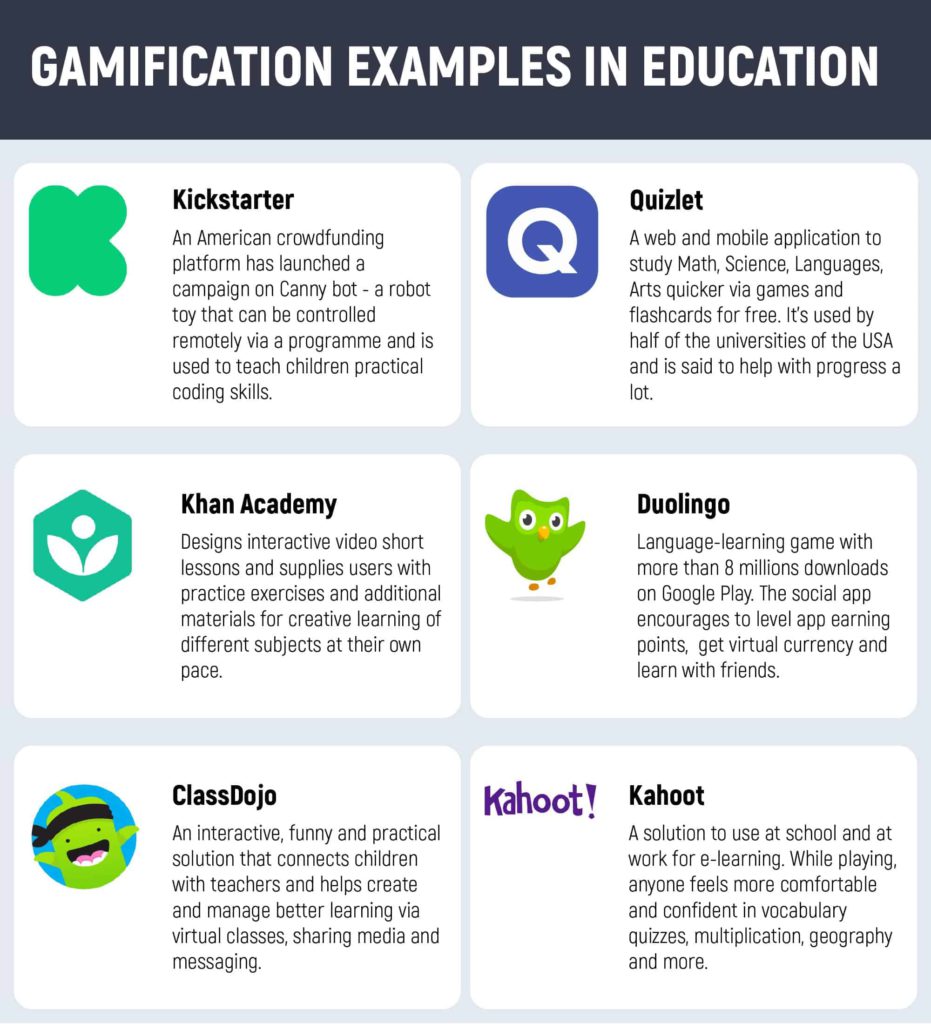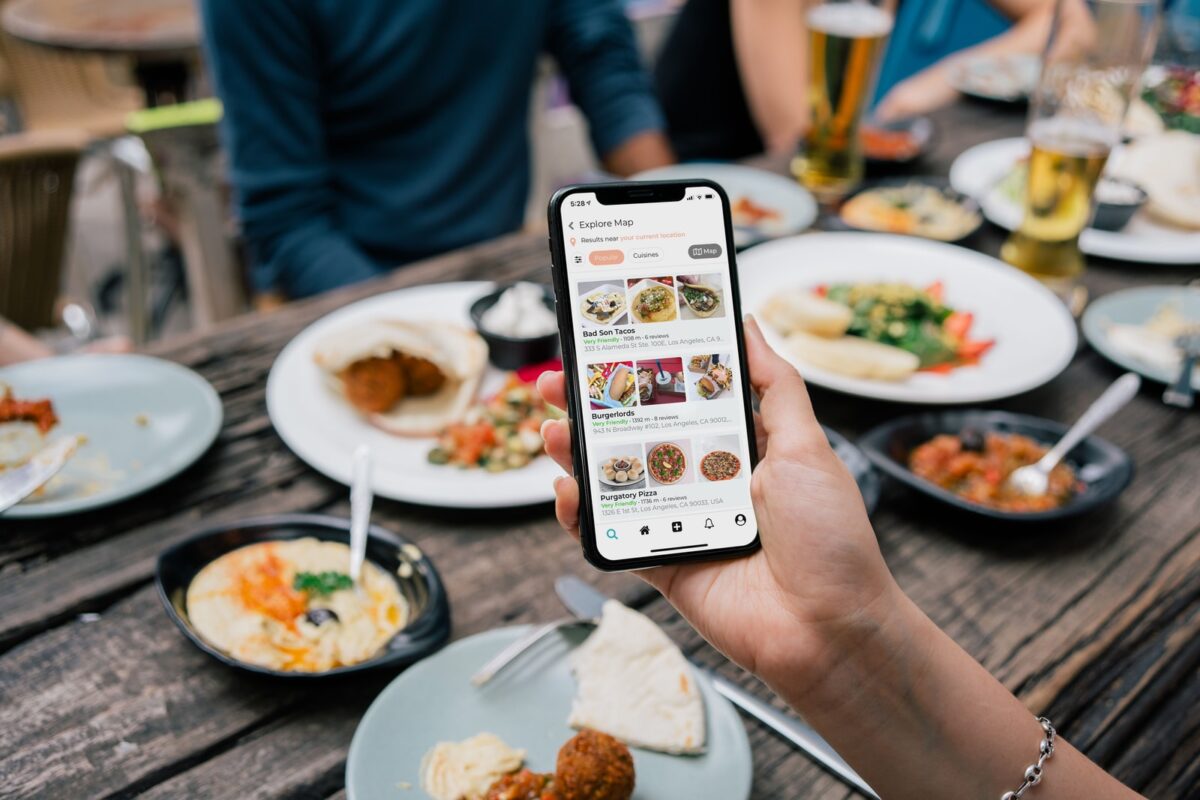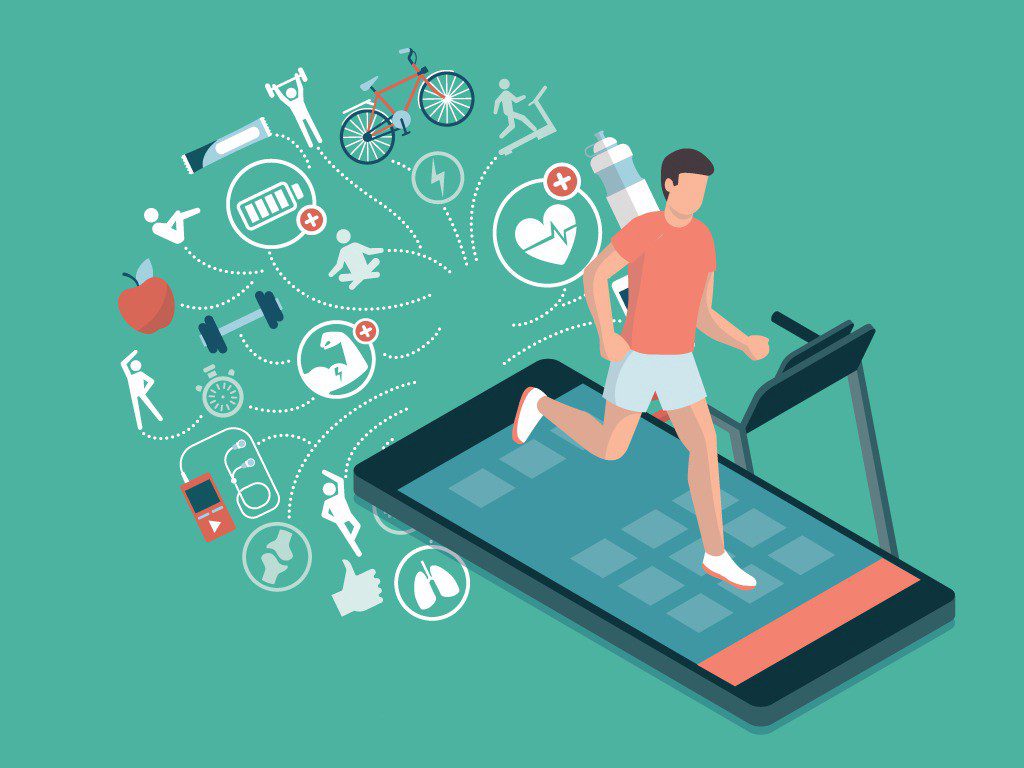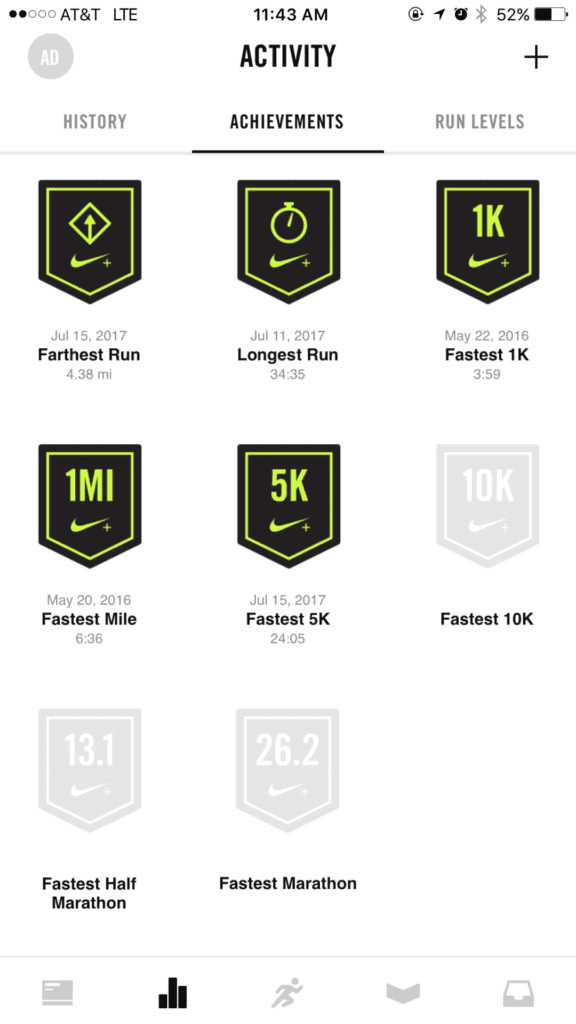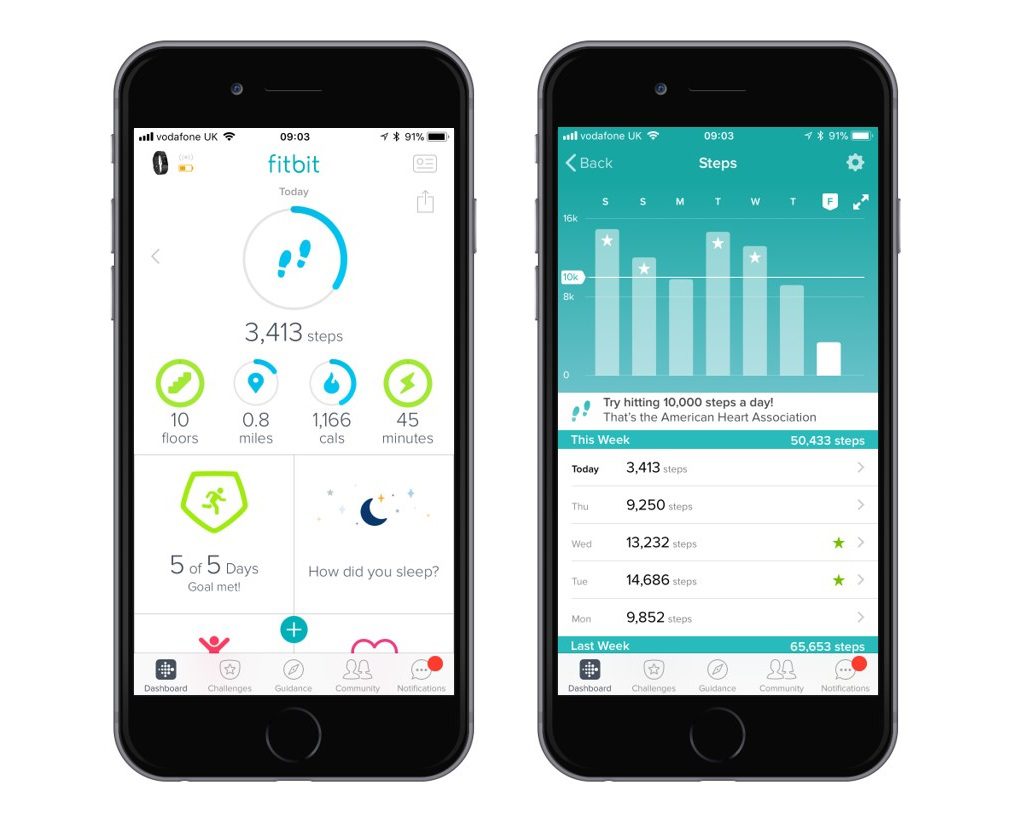
In a world where digital entertainment plays a central role in our lives, Goama’s Tournament Games offer a dynamic and thrilling experience that captivates players of all ages. As one of the leading providers of branded games, Goama has revolutionized the gaming landscape by introducing a unique platform that combines gaming, competition, and social interaction. Let’s explore how Goama’s Tournament Games have redefined the way we engage with digital entertainment, bringing people together, fostering friendly competition, and providing endless hours of fun.
What are Goama Tournament Games and How are they Managed?
Goama presents an ideal gamification solution through our casual games platform, equipped with numerous gamification features designed for effortless integration into apps, websites, or microsites. Additionally, our dedicated tournament managers take charge of setting up the gaming platform for assigned partners. This involves meticulous planning, game setup, and a certain level of client management.
What to expect as a new client onboard with Goama?

The initial step entails identifying and defining partnership goals, particularly the Key Performance Indicators (KPIs) desired from our platform. For instance, KPIs may include attaining 1000 weekly unique players and generating $1000 in revenue per week from tournaments. Based on these objectives, we will develop a comprehensive plan encompassing game selection, reward types, and amounts, tournament entry fees, and other relevant factors. This plan will be informed by our extensive data and accumulated insights. Once finalized, we will collaborate with the client, seeking their feedback and making necessary adjustments. Following the launch, we will continually monitor performance and data to enhance the platform and achieve optimal results.
What are the types of Tournament Games and Rewards?
These are the two most common types of Tournament Games:

- Sponsored Tournaments: In these tournaments, players can participate for free and have the opportunity to earn rewards. The rewards offered can vary and are determined by the client. They can include both cash and non-cash prizes, ranging from physical items like headphones to discount coupons. We can accommodate any rewards the client is willing to provide.
- Paid Tournaments: Unlike sponsored tournaments, these tournaments require an entry fee for players to participate. However, the rewards offered in paid tournaments tend to be higher compared to sponsored tournaments. Similar to sponsored tournaments, the client has the flexibility to determine the rewards, whether they are cash-based or non-cash items.
By offering both sponsored and paid tournaments, we can cater to a variety of players and provide exciting opportunities for everyone to engage and compete.
Conclusion
If your brand or company is seeking an entertaining solution to tackle common marketing challenges, Goama is the ideal partner for you. We specialize in assisting brands worldwide with enhancing engagement, boosting retention rates, attracting return visitors, and more. Our user-friendly plug-and-play solution allows for seamless customization of the entire user experience. With our team of experienced professionals guiding you, the possibilities for growth are limitless. Choose Goama and unlock the potential for unprecedented success.







